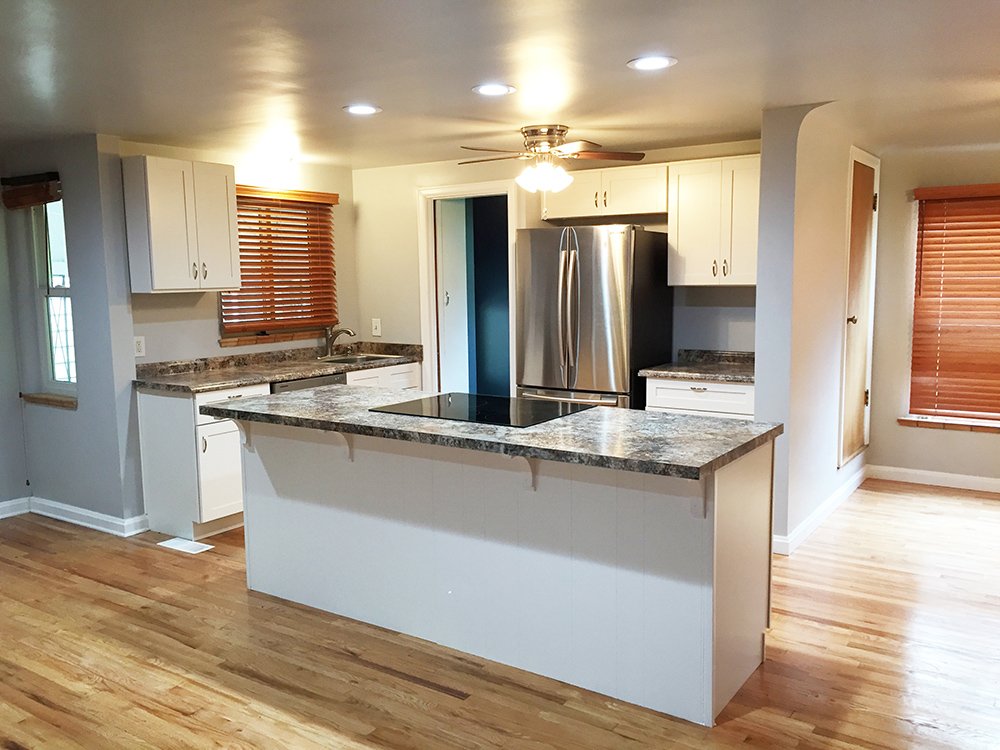There are many different options in countertops from the very traditional and rustic wood countertops to tiles, laminate or even poured concrete. As top-end materials, natural stone is still considered a top option in MN, and it is sure to hold this same spot in the future.
While quartz countertops are not true natural stone like marble, granite or even soapstone, they are made largely from crushed quartz. In fact, there is about 93% crushed quartz and about 7% resin used to create the countertop, which offers several advantages that are well worth considering for any room in the home.
Before planning to purchase and install quartz countertops, there are several things you should consider and understand. This information can help you to make an informed decision about the best countertop option for your MN home.
Quartz and Quartzite Are Different
Quartzite is a relatively new addition to the countertop materials line. It is a metamorphic rock that is actually created by heat and pressure in the earth applied to sandstone. Like marble and granite, it is quarried and is 100% natural stone, and it must be sealed. Quartz, on the other hand, never needs to be sealed.
Quartz Counters are Non-Porous
With the addition of the resin to the quartz, the result is a smooth, completely non-porous surface. This means there are no slight depressions in the surface, eliminating the potential for staining as liquids or food materials are trapped.
Quartz Is Sold In Slabs
Once quartz and resin are mixed, it is formed into slabs, similar to the slabs of natural stone. These slabs are designed and crafted to be customized to your countertops, and consumers can choose the right slab for their home renovation or construction project.
Quartz Is A “Green” Material
While not considered a true natural stone, quartz countertops are still “green” material for building. It is a very efficient type of production process with extremely low carbon emissions during production.


